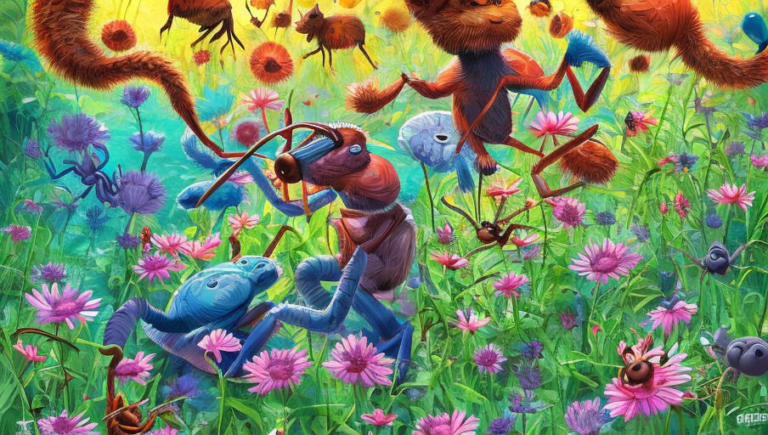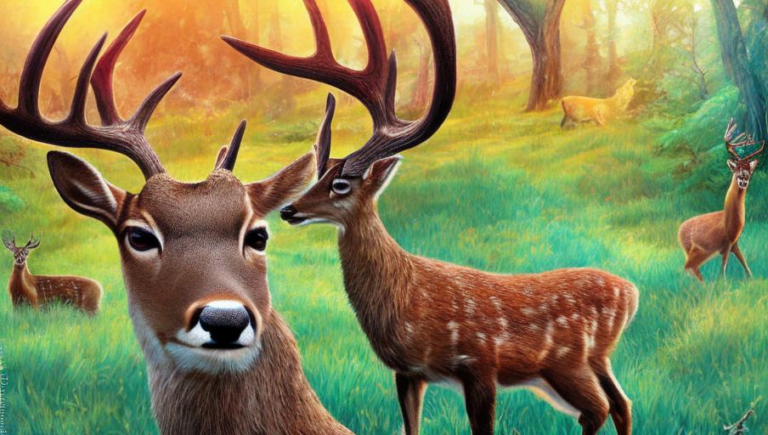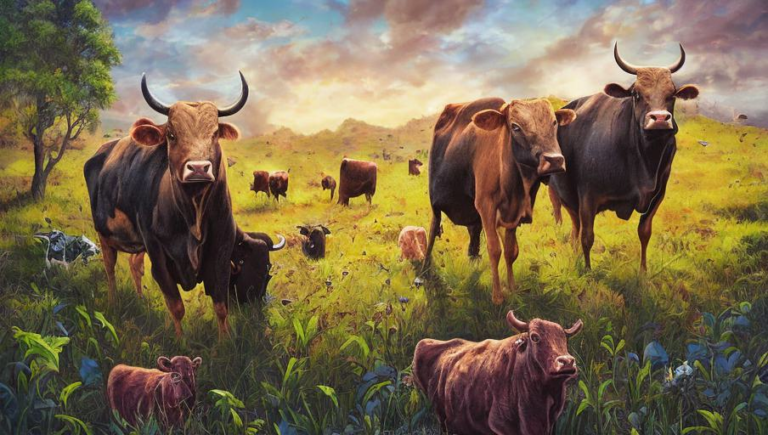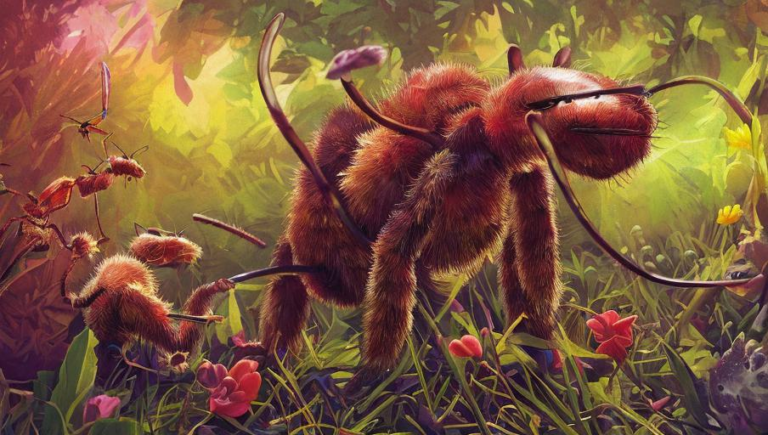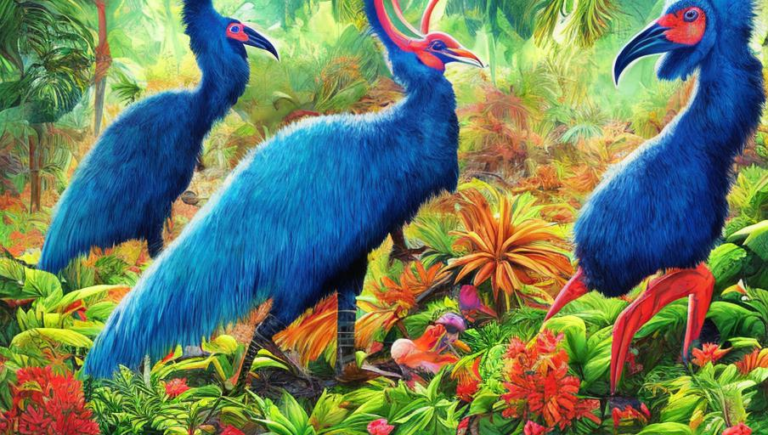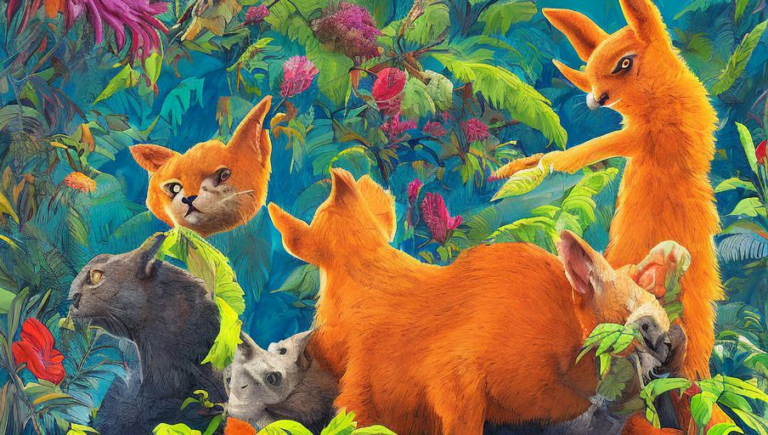Yearning to Understand Cobras
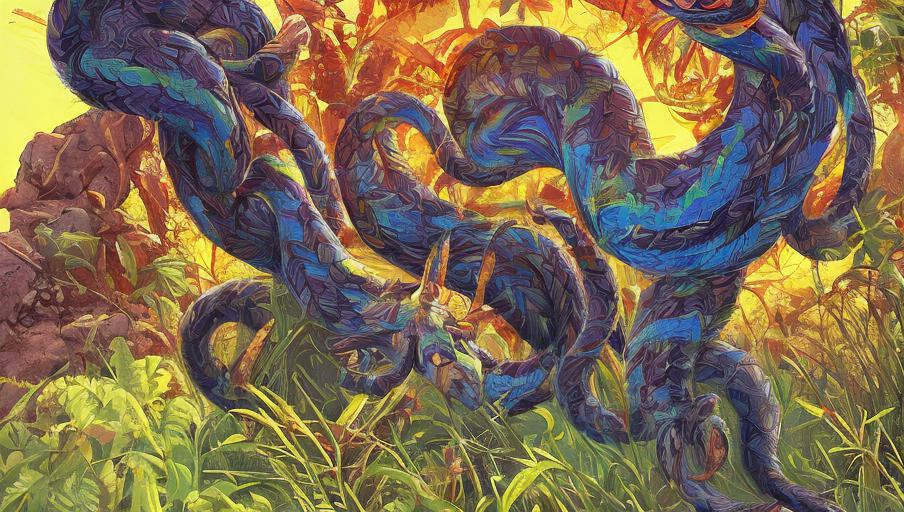
Yearning to Understand Cobras
Cobras are one of the most notorious and feared animals in the world, their iconic hoods giving them an edge in the animal kingdom. While they are often seen as cold-blooded predators in Hollywood films, there is more to cobras than meets the eye. This article takes a closer look at these fascinating creatures and their behavior, providing interesting facts and insights into the lives of cobras.
What are Cobras?
Cobras are a type of venomous snake found in Africa, the Middle East, and parts of Asia. They have long, cylindrical bodies, distinctive hoods, and a wide variety of colors. Cobras belong to the Elapidae family, which also includes mambas, sea snakes, and coral snakes.
Behavior
Cobras are primarily solitary creatures, but some species may form small colonies. They spend most of their time in the ground, burrowing and hiding in crevices. Cobras are also adept climbers and can be found in trees, often near their prey. Cobras are ambush predators, striking quickly and then retreating to safety.
Diet
Cobras feed on a variety of small animals, including rodents, lizards, frogs, and birds. They use their venom to paralyze or kill their prey before consuming it. Cobras can also hunt by injecting venom into their prey, which can make it easier to swallow.
Defense
Cobras are known for their defensive behavior, which includes raising their hoods to appear larger and more intimidating. They also release a foul-smelling musk when threatened, which can discourage predators. Cobras are also capable of spitting their venom up to several feet, which can cause serious injury or even death in humans or other animals.
Reproduction
Cobras reproduce through sexual reproduction. The female will lay between 10 and 50 eggs, which she will then incubate for several months. When the eggs hatch, the young cobras are independent and can look after themselves.
Conservation
Cobras are not considered endangered, but they are threatened by habitat destruction and illegal poaching. Efforts are being made to conserve cobras and their habitats, including habitat restoration projects and the creation of protected areas. Additionally, captive breeding programs are also being used to ensure the survival of cobras in the wild.
Cobras can be intimidating, but they are also fascinating creatures with a remarkable set of behaviors and adaptations. By understanding more about cobras, we can gain a greater appreciation for them and the role they play in the environment.
